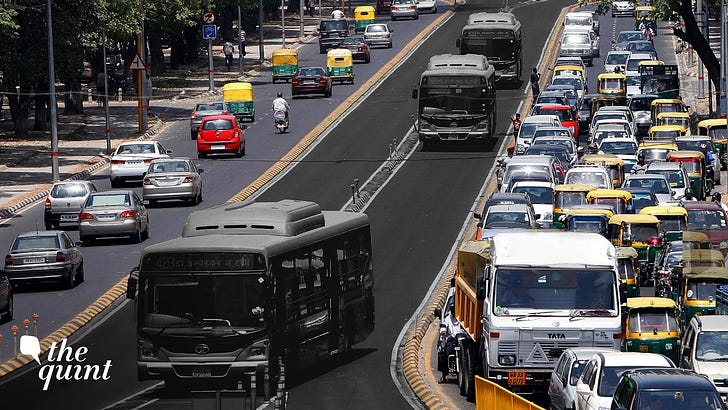The Question is... Are India’s Forests Really Growing?
Become a member and help us sustain our important work. Your support makes all the difference.
Dear Reader,
Last week, you might have seen numerous headlines celebrating the increase in India's forest and tree cover, and how 25% of the country’s land area is now blanketed in trees — a sign of a "green recovery."
To me, these headlines seemed somewhat disconnected from the reality on the ground, especially when you consider the many reports throughout the year about widespread tree felling and forest destruction for various commercial projects. Not to mention, according to the Global Forest Watch, an international project that tracks forest changes in near real-time, India has lost a staggering 2.33 million hectares of tree cover since 2000 — equivalent to a 6% decrease in tree cover over that period.
So, I decided to dig deeper. I took a closer look at the 2023 India State of Forest Report (which faced a year-long delay with no official explanation) and its findings and spoke with experts to get a clearer picture of what the data in the report reveals, and perhaps more importantly, what it conveniently leaves out.
The first question is... what even is a forest?
Experts have long raised concerns about the biennial report's definition of 'forest'. The 2023 report defines 'forest cover' as any land greater than one hectare with a tree canopy density of 10% or more, regardless of ownership, legal status, or land use. The problem is that this broad definition includes orchards, plantations, and even areas that are far from natural forests, essentially diluting the true meaning of a forest.
As ecologist MD Madhusudan tells me, "If what replaces a forest after it’s cut down is also called a 'forest', can we ever truly measure forest loss?"
In other words, by counting plantations and non-natural landscapes as forests, is the report presenting an accurate picture of the true extent of deforestation?
The next question is... can India’s official forest data be trusted?
Analysing the 2023 report was challenging due to the overwhelming data, complex classifications, and confusing tables. To make sense of it all, I turned to experts — scientists, researchers, and environmental activists — who helped me understand the data, its implications, and the glaring issues with the report hiding in plain sight.
The result is this deep dive into India’s most authoritative source of forest data.
India's Forest Cover: The Reality of the State of India's Forests Amid Unanswered Questions
Analysing and interpreting complex data requires significant time and effort. We are dedicated to working tirelessly behind the scenes to deliver such important deep dives that often go unnoticed by other outlets. As we continue our mission to serve the public interest, your support is more crucial than ever.
Become a member* and help us sustain our important work. Your support makes all the difference.
Thank you,
ANOUSHKA RAJESH
Principal Correspondent
Also Read:
*Already a member of The Quint? What a star! Your support empowers us to question everything.
Want us to cover a story? Write to us at editor@thequint.com or reply to this email.






